8. Charlottenburg Palace

The largest and most magnificent palace in Berlin, Charlottenburg offers a glimpse into the lavish lifestyle of the Prussian royal family. Built in the 17th century, the palace is decorated in Baroque and Rococo styles. As you explore its interiors, you’ll feel the grandeur and opulence of the royal family. The palace’s expansive gardens, especially during the summer, provide a peaceful retreat for visitors. For those looking to delve deeper into Berlin’s history, Charlottenburg Palace is an absolute must-see.
9. Checkpoint Charlie

The most famous crossing point between East and West Berlin during the Cold War, Checkpoint Charlie carries deep historical significance. It offers a clear understanding of the sharp division between East and West Germany. Many dramatic escape stories unfolded at this border, and these tales are now shared in museums and exhibitions. The Checkpoint Charlie Museum is a key center where you can explore detailed information about the Berlin Wall and the Cold War era. To truly experience this piece of history, a visit to this site is essential.
10. Gendarmenmarkt Square

Often regarded as Berlin’s most beautiful square, Gendarmenmarkt is rich both architecturally and historically. Surrounding the square are the German and French Cathedrals, along with the Berlin Concert Hall (Konzerthaus Berlin). The towering spires and symmetrical structures of these cathedrals add a majestic feel to the square. During the Christmas season, Gendarmenmarkt transforms into a magical scene, illuminated by a sparkling Christmas market. As the cultural heart of Berlin, the square offers visitors a blend of historical charm and modern experience.
11. Tiergarten Park

Berlin’s largest park, Tiergarten stretches like a green oasis in the heart of the city. This vast park is perfect for those looking to walk, bike, or simply enjoy the tranquility of nature. In the center of the park stands the Berlin Victory Column (Siegessäule), and you can climb to the top for a stunning view. During the summer, picnicking or renting a boat on the pond are popular activities. Tiergarten is one of the best spots to escape Berlin’s bustling city life and immerse yourself in nature.
12. Berlin TV Tower

One of Berlin’s most iconic landmarks, the Berlin TV Tower is the city’s tallest structure, rising to 368 meters. From the top, you can enjoy a 360-degree panoramic view of the city, and there’s a restaurant where you can dine while taking in the scenery. Visiting at sunset offers a breathtaking view of Berlin’s silhouette as the sun goes down. Built in the 1960s by East Germany, the tower is an impressive example of modern architecture. For those wanting a bird’s-eye view of Berlin, this is the perfect stop.
13. Berlin Philharmonic

The world-renowned Berlin Philharmonic Orchestra is housed in a concert hall that is unique both acoustically and architecturally. Opened in 1963 and designed by architect Hans Scharoun, it is considered one of the finest examples of modern architecture. Its golden exterior and asymmetrical design make it one of the most striking buildings in Berlin. If you’re a fan of classical music, attending a concert here will be an unforgettable experience. Thanks to its exceptional acoustics, the hall provides a perfect sound experience from every seat.
14. Kaiser Wilhelm Memorial Church

Bombed and destroyed during World War II, the Kaiser Wilhelm Memorial Church stands as a symbol of the destruction and sorrow left by the war. Today, the ruined tower of the original structure remains as a lasting reminder of the war’s devastation. Next to it, a modern addition creates a bridge between Berlin’s past and future. Inside, exhibitions explore the history of the church and the impacts of the war. This ruined structure is an important symbol for understanding Berlin’s hardships during the war years.
15. Alexanderplatz Square

One of Berlin’s most famous squares, Alexanderplatz is located right in the city center and is a hub of daily life. The TV Tower and World Clock are two of its most iconic landmarks. Surrounded by large shopping centers, restaurants, and hotels, it is a popular meeting point for both tourists and locals alike. During the Christmas season, the square becomes even more attractive with its markets and winter activities. Alexanderplatz is the perfect starting point to explore the modern face of Berlin.
16. Spree River Tour

A boat tour along the Spree River is a perfect way to experience both the historic and modern sides of Berlin. During the tour, you’ll have the chance to see iconic landmarks such as Museum Island, the Reichstag, and the Berlin Cathedral from the riverside. As you escape the hustle and bustle of the city center, you can enjoy the serene journey and explore Berlin’s scenery from a unique perspective. Guides share fascinating historical insights throughout the tour, enriching the experience even further. Especially in the summer, Spree River tours offer a romantic and enjoyable alternative for sightseeing.
17. Tempelhof Airport

Once one of Berlin’s largest airports, Tempelhof now serves as a massive park space. Here, you can cycle, skate, or fly kites across its wide open fields. Walking along the old runways gives a powerful sense of the site’s historical significance. Tempelhofer Feld also frequently hosts music festivals and cultural events. For those looking to explore Berlin’s modern lifestyle, this park is a symbol of the city’s free spirit.
18. German Historical Museum

Located on the Unter den Linden boulevard, the German Historical Museum is the perfect stop for those looking to explore Germany’s rich history. The museum offers an extensive collection that spans from ancient times to modern history. Housed in the Baroque-style Zeughaus building, its exhibits shed light on key historical periods, including wars, revolutions, and cultural developments. The museum’s modern extension, designed by renowned architect Renzo Piano, is an impressive structure that bridges past and future. With its captivating exhibitions and architecture, this museum is a must-see for anyone wanting to uncover Berlin’s historical wealth.
19. Pergamon Museum
 One of Berlin’s most important museums, the Pergamon Museum showcases ancient artifacts from around the world. It is particularly famous for its collections from Ancient Greece, Rome, and Babylon. The Pergamon Altar and the Ishtar Gate of Babylon are among the museum’s most striking exhibits. For history enthusiasts, seeing these ancient relics from across the globe offers a fascinating experience. The Pergamon Museum is an essential stop in Berlin, not only for art lovers but for anyone wishing to delve into the depths of human history.
One of Berlin’s most important museums, the Pergamon Museum showcases ancient artifacts from around the world. It is particularly famous for its collections from Ancient Greece, Rome, and Babylon. The Pergamon Altar and the Ishtar Gate of Babylon are among the museum’s most striking exhibits. For history enthusiasts, seeing these ancient relics from across the globe offers a fascinating experience. The Pergamon Museum is an essential stop in Berlin, not only for art lovers but for anyone wishing to delve into the depths of human history.
20. Bode Museum

Located on Museum Island, the Bode Museum is renowned for its collections of Byzantine art and Renaissance sculptures. It also houses an extensive coin collection, making it a fascinating destination for those interested in tracing the history of ancient currency. The museum’s Baroque architecture adds to its allure, offering visitors an aesthetic experience both inside and out. For art history enthusiasts, the Bode Museum is a place to admire some of Europe’s most important artworks. As you explore, you can delve deep into how history is reflected in art.
21. Berlin Zoological Garden
 One of the oldest and most famous zoos in the world, the Berlin Zoological Garden has been a captivating destination for animal lovers since its opening in 1844. Home to a vast array of species, including rare and exotic animals like the Giant Panda, African Elephant, and Polar Bear, it’s a must-visit, especially for families with children. Located in the heart of the city as part of Tiergarten Park, it offers a perfect opportunity to immerse yourself in nature while observing animals up close. With its blend of education and entertainment, the Berlin Zoological Garden is a must-see attraction in the city.
One of the oldest and most famous zoos in the world, the Berlin Zoological Garden has been a captivating destination for animal lovers since its opening in 1844. Home to a vast array of species, including rare and exotic animals like the Giant Panda, African Elephant, and Polar Bear, it’s a must-visit, especially for families with children. Located in the heart of the city as part of Tiergarten Park, it offers a perfect opportunity to immerse yourself in nature while observing animals up close. With its blend of education and entertainment, the Berlin Zoological Garden is a must-see attraction in the city.
22. Jewish Museum

The Jewish Museum in Berlin offers a deep exploration of the history of the city’s Jewish community, while also standing out for its striking modern architecture. Designed by Daniel Libeskind, the building itself provides an emotional and reflective experience. The museum offers a comprehensive view of Jewish culture and history, while powerfully conveying the horrors of the Holocaust. Inside, documents, photographs, and personal stories give visitors a chance to understand an important chapter of human history. The Jewish Museum is not just a museum but a profound space for reflecting on history and human rights.
23. Topography of Terror

The Topography of Terror serves as a documentation center displaying records and visuals from the Nazi era. This site provides in-depth information about the oppressive institutions of the Nazi regime, particularly the Gestapo and SS. Visitors can learn about the crimes committed during this period and gain a deeper understanding of the brutalities of the Nazi regime. The museum plays a crucial role in ensuring that Berlin’s Nazi past is not forgotten and that the darkest chapters of history are brought to light. As one of the most striking historical sites in Berlin, the Topography of Terror offers an unforgettable and sobering experience.
24. Treptower Park

Located in the eastern part of Berlin, Treptower Park is best known for the impressive Soviet War Memorial, dedicated to the Soviet soldiers who lost their lives during World War II. The park offers a peaceful retreat with its vast green spaces and serene walking paths along the Spree River. Whether you want to have a picnic, ride a bike, or simply enjoy nature, Treptower Park is ideal for those seeking a quieter side of Berlin. Additionally, the park features botanical gardens and cafés, providing delightful options for spending a relaxing day.
25. Victory Column
 One of Berlin’s most iconic landmarks, the Victory Column holds significant historical and touristic value. Located in the center of Tiergarten Park, this monument was built as a symbol of Germany’s 19th-century military victories. Known as the Siegessäule, it was erected in 1873 to commemorate victories over Denmark, Austria, and France. One of the most striking features of the Victory Column is the gold-plated statue of the goddess Victoria perched atop the column. The statue’s majestic stance and the height of the column make it visible from across the city. Visitors can climb the spiral staircase to the top for a stunning 360-degree panoramic view of Berlin, offering a unique perspective of both the historical and modern faces of the city.
One of Berlin’s most iconic landmarks, the Victory Column holds significant historical and touristic value. Located in the center of Tiergarten Park, this monument was built as a symbol of Germany’s 19th-century military victories. Known as the Siegessäule, it was erected in 1873 to commemorate victories over Denmark, Austria, and France. One of the most striking features of the Victory Column is the gold-plated statue of the goddess Victoria perched atop the column. The statue’s majestic stance and the height of the column make it visible from across the city. Visitors can climb the spiral staircase to the top for a stunning 360-degree panoramic view of Berlin, offering a unique perspective of both the historical and modern faces of the city.
Best Time to Visit Berlin;
The best time to visit Berlin is between May and September, when the weather is warmer and the city comes alive. During this period, you can fully enjoy Berlin’s famous open-air festivals, parks, and street cafés. The summer months also host a variety of cultural events and a vibrant nightlife, allowing you to experience Berlin’s energetic atmosphere. For those seeking a quieter experience, late September and October are great choices, as the tourist crowds thin out.
Berlin is not only rich in history but also offers a unique blend of cultural diversity, modern architecture, and green spaces, making it a perfect destination for travelers. From the Brandenburg Gate to Viktoria Park, every corner of the city offers a different story and experience. With this guide, you can start exploring all the beauty Berlin has to offer and embark on an unforgettable city tour.
If you’re planning to visit Berlin but don’t have time to create an itinerary, check out our article below 😊
Berlin Travel Guide – 15 Places to See in One Day
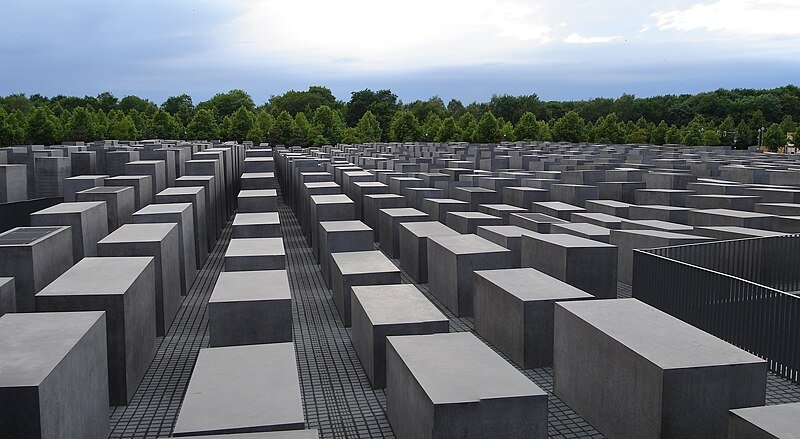

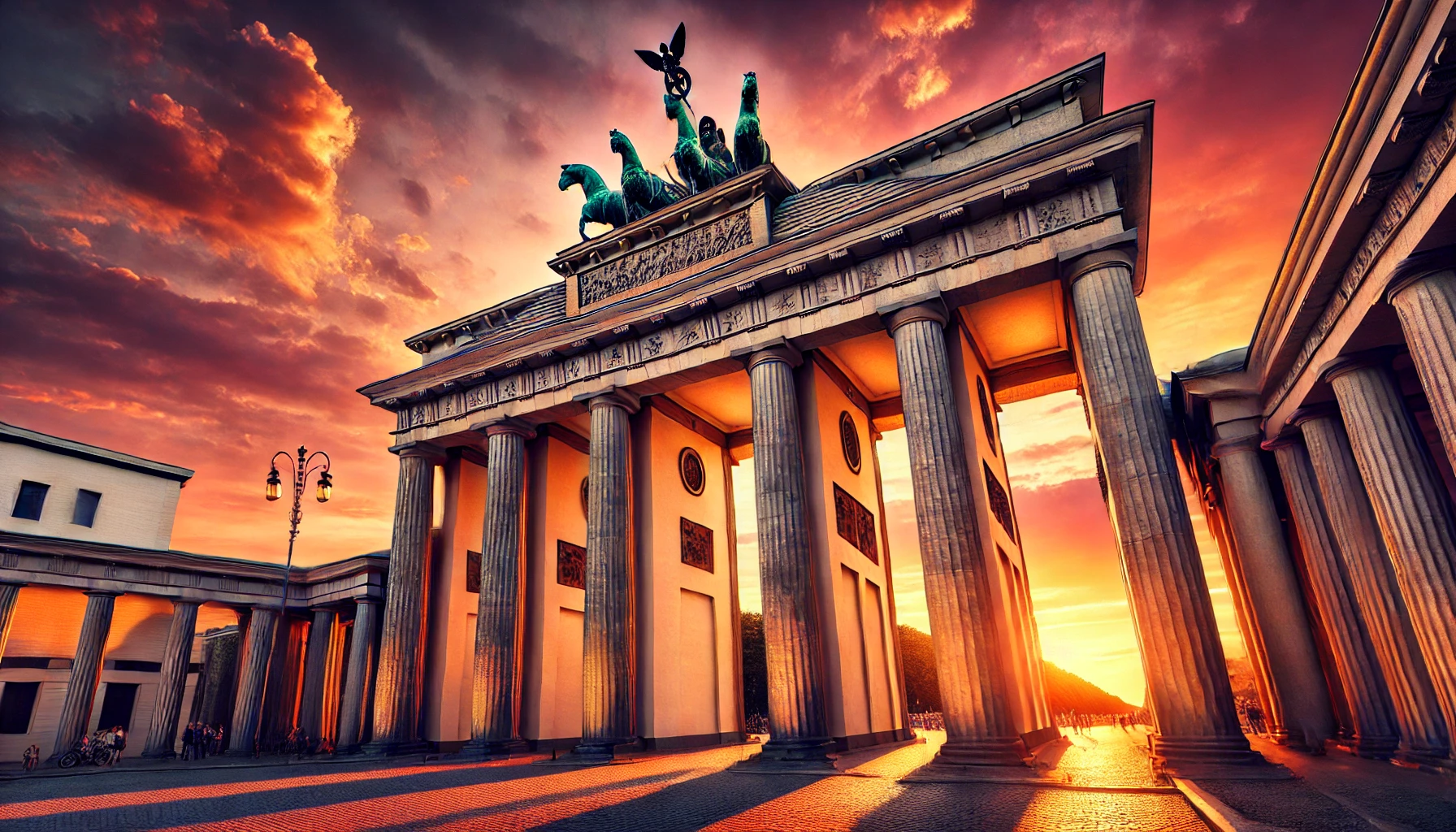 A symbol of Berlin, the Brandenburg Gate is a neoclassical structure built in the 18th century. It represents the reunification of Germany and freedom, giving it a special place in Berlin’s history. With its 12 columns, this majestic gateway once served as a grand entrance and remains a popular meeting point for both tourists and locals. Pariser Platz, the square surrounding the gate, is lively at all hours and often hosts cultural events. When illuminated at night, the gate takes on a whole new beauty—definitely a must-see!
A symbol of Berlin, the Brandenburg Gate is a neoclassical structure built in the 18th century. It represents the reunification of Germany and freedom, giving it a special place in Berlin’s history. With its 12 columns, this majestic gateway once served as a grand entrance and remains a popular meeting point for both tourists and locals. Pariser Platz, the square surrounding the gate, is lively at all hours and often hosts cultural events. When illuminated at night, the gate takes on a whole new beauty—definitely a must-see!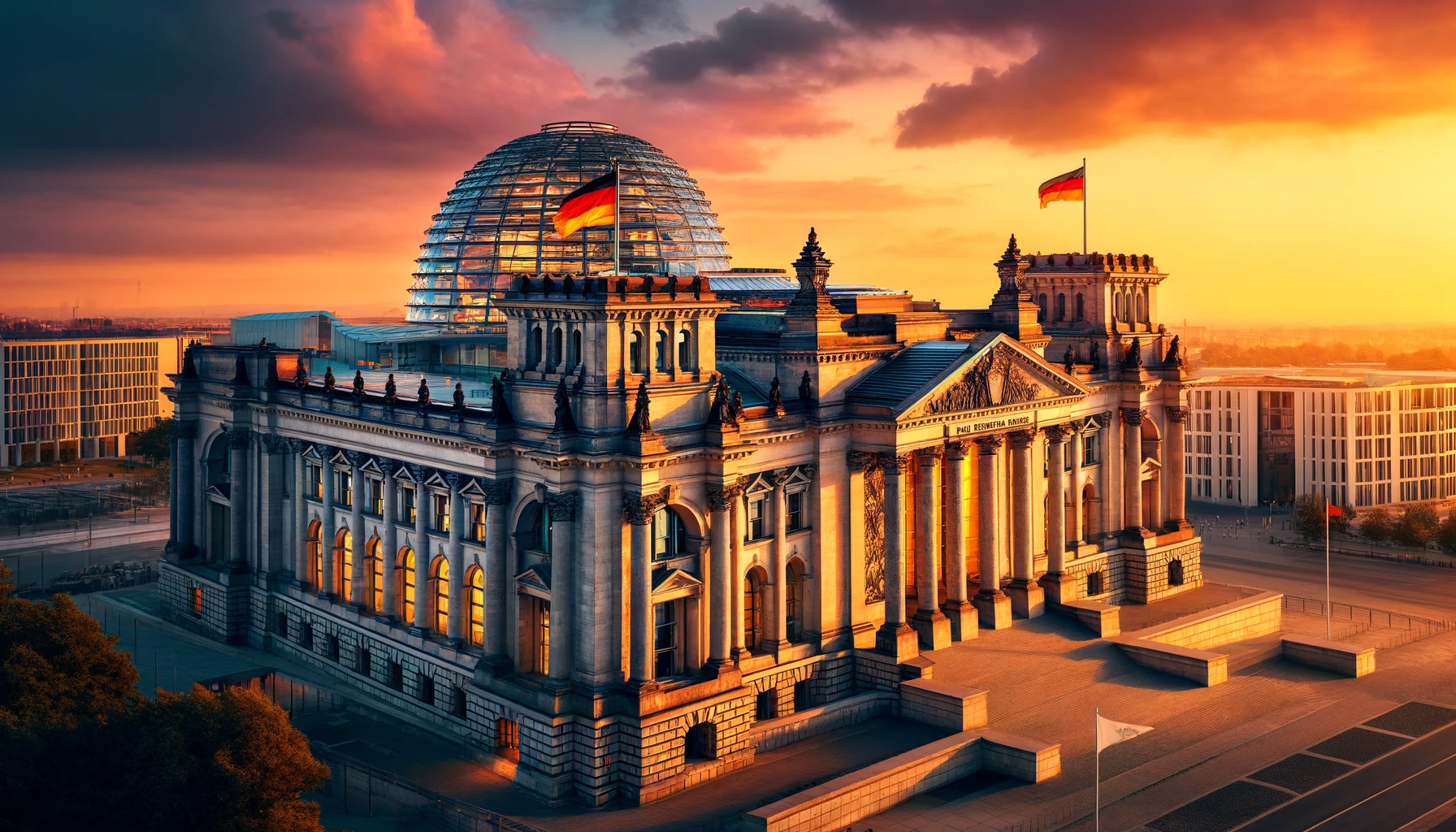 Home to the German Parliament, the Reichstag was inaugurated in 1894 and has witnessed significant political events throughout its history. Its glass dome stands out as a brilliant example of the fusion of modern architecture with historical legacy. From the dome, you can gaze over the city and see both the traces of the past and Berlin’s ever-evolving landscape. If you visit at sunset, the view of Berlin from the dome is truly mesmerizing. This experience at the political heart of Germany is one you shouldn’t miss.
Home to the German Parliament, the Reichstag was inaugurated in 1894 and has witnessed significant political events throughout its history. Its glass dome stands out as a brilliant example of the fusion of modern architecture with historical legacy. From the dome, you can gaze over the city and see both the traces of the past and Berlin’s ever-evolving landscape. If you visit at sunset, the view of Berlin from the dome is truly mesmerizing. This experience at the political heart of Germany is one you shouldn’t miss.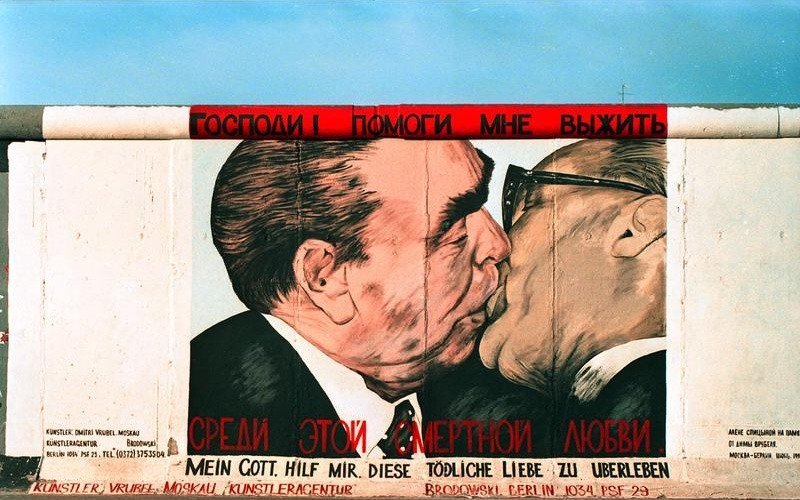
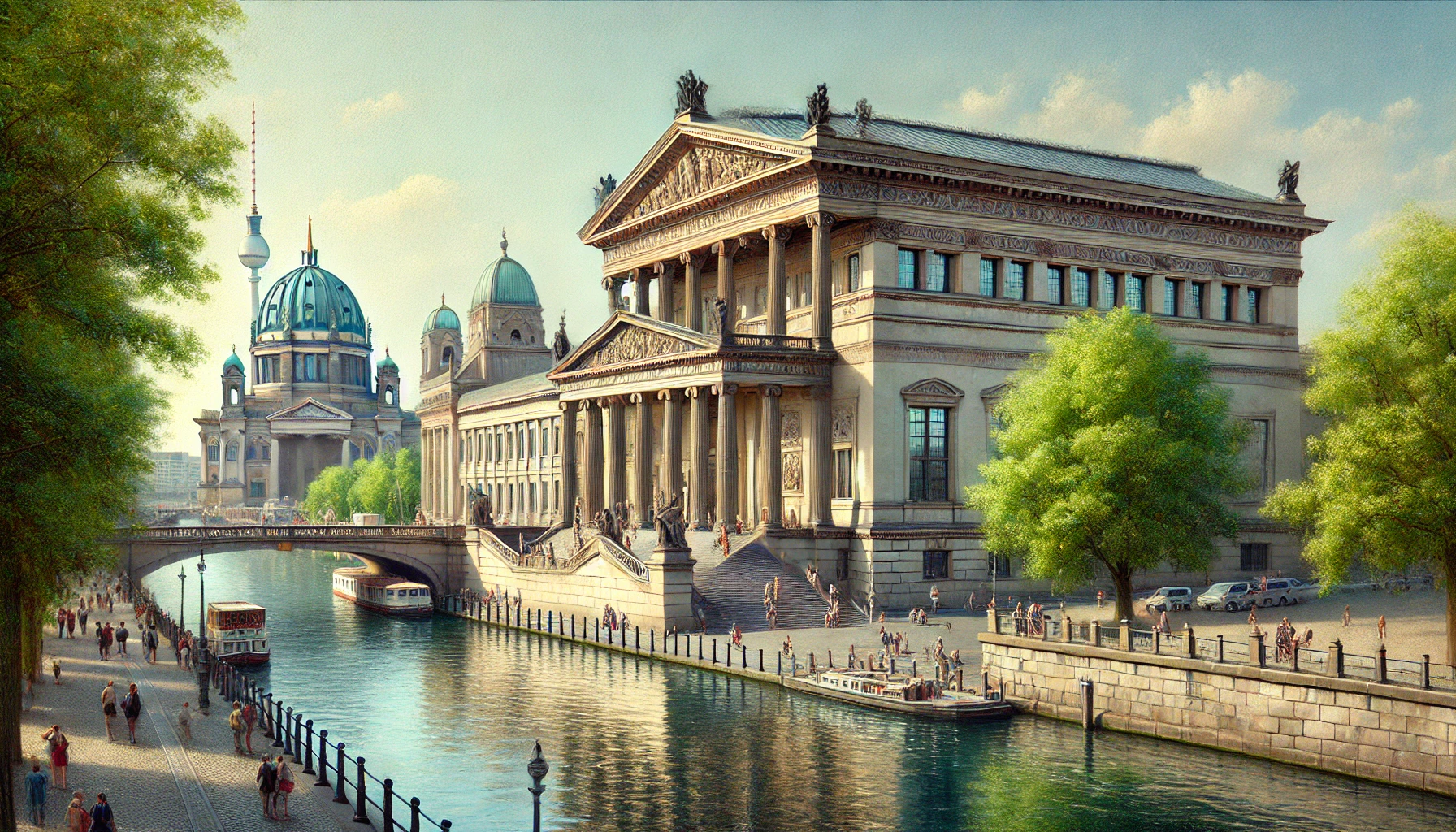 A UNESCO World Heritage Site, Berlin’s Museum Island is home to five major museums. Here, you’ll find the Pergamon Museum, Neues Museum, and Altes Museum, all filled with historical treasures. The Pergamon Museum is particularly famous for its collections from Ancient Greece and Babylon. Visitors can explore incredible discoveries from world history and witness the evolution of human civilization up close. For art and history enthusiasts, Museum Island is a cultural treasure trove that can be explored for hours.
A UNESCO World Heritage Site, Berlin’s Museum Island is home to five major museums. Here, you’ll find the Pergamon Museum, Neues Museum, and Altes Museum, all filled with historical treasures. The Pergamon Museum is particularly famous for its collections from Ancient Greece and Babylon. Visitors can explore incredible discoveries from world history and witness the evolution of human civilization up close. For art and history enthusiasts, Museum Island is a cultural treasure trove that can be explored for hours.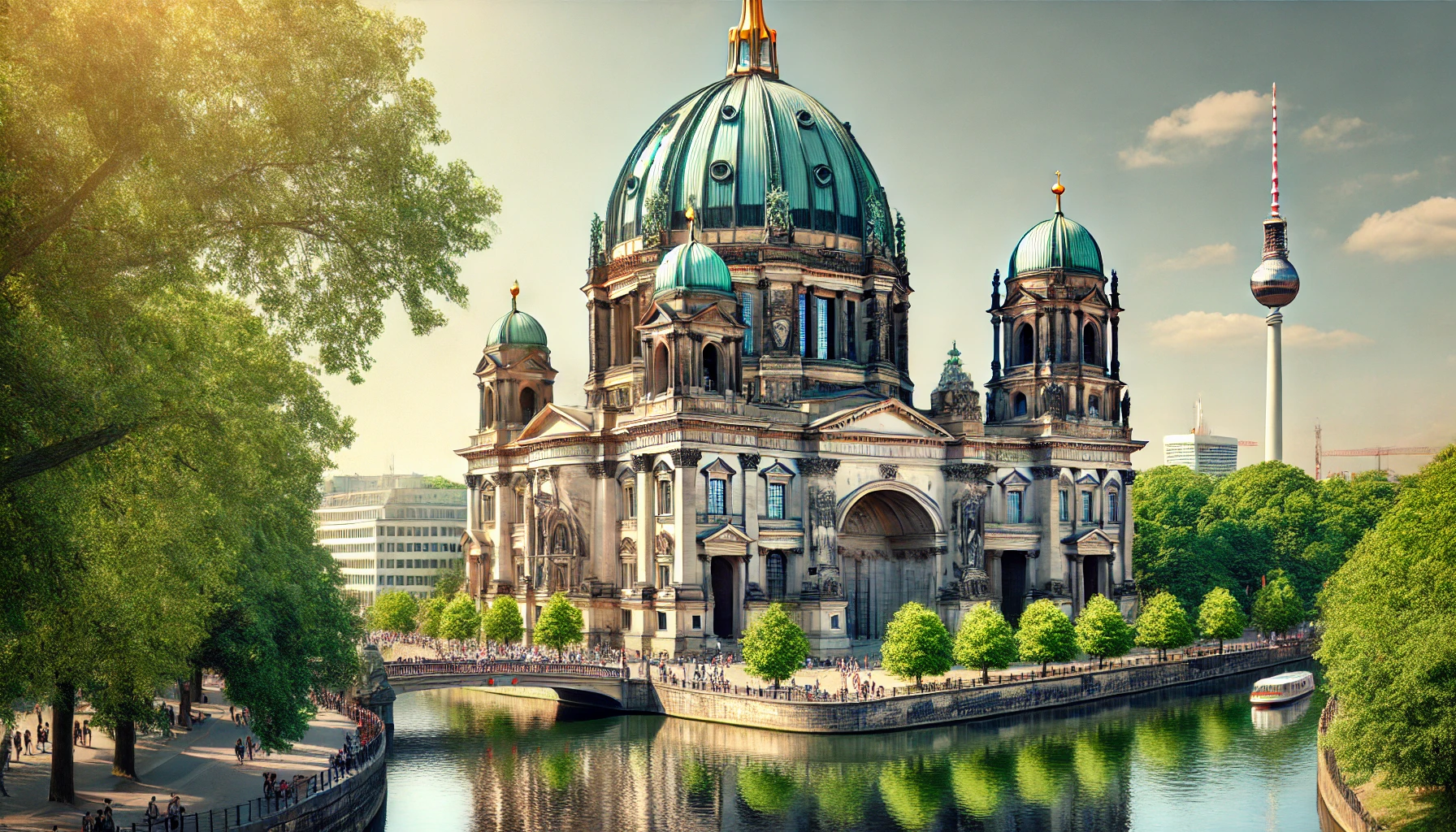 Berlin’s largest Protestant church, the Berlin Cathedral dazzles visitors with its stunning Baroque architecture. Completed in 1905, this majestic structure is especially known for its impressive dome and intricate interior decorations. Inside, you’ll find royal tombs and a monumental organ, offering a glimpse into history’s depths. Additionally, if you climb to the top of the cathedral, you’ll be rewarded with breathtaking views of Berlin. Visiting this historic building offers both an artistic and spiritual experience.
Berlin’s largest Protestant church, the Berlin Cathedral dazzles visitors with its stunning Baroque architecture. Completed in 1905, this majestic structure is especially known for its impressive dome and intricate interior decorations. Inside, you’ll find royal tombs and a monumental organ, offering a glimpse into history’s depths. Additionally, if you climb to the top of the cathedral, you’ll be rewarded with breathtaking views of Berlin. Visiting this historic building offers both an artistic and spiritual experience.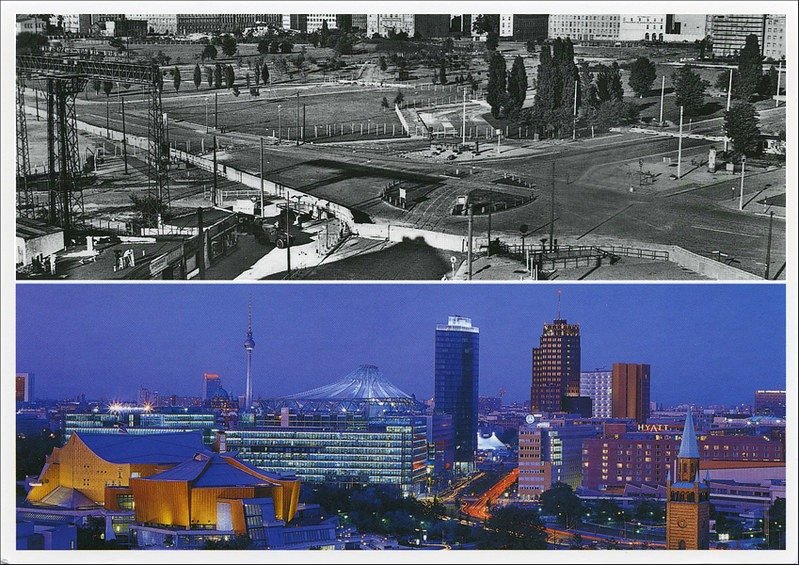
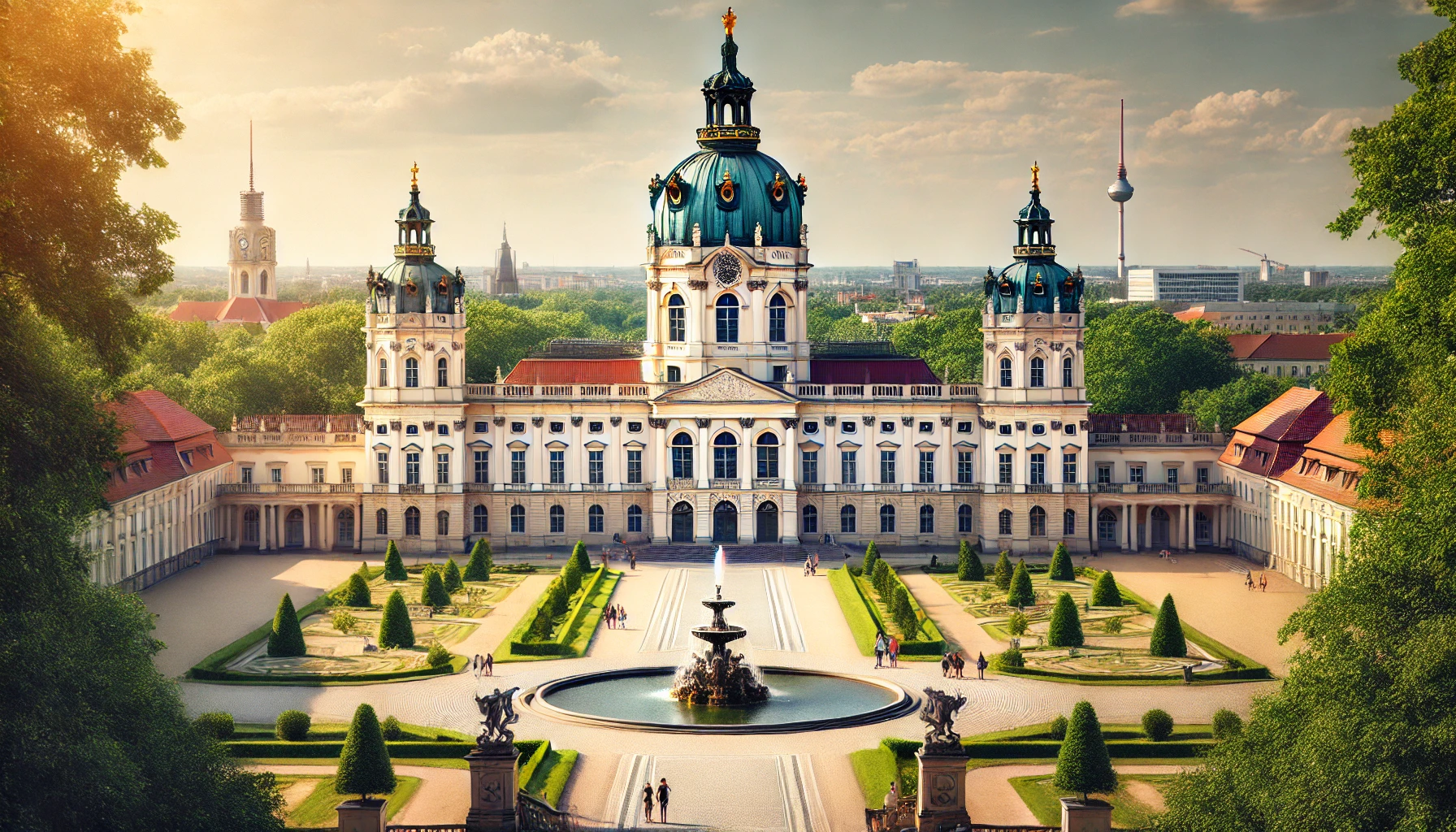
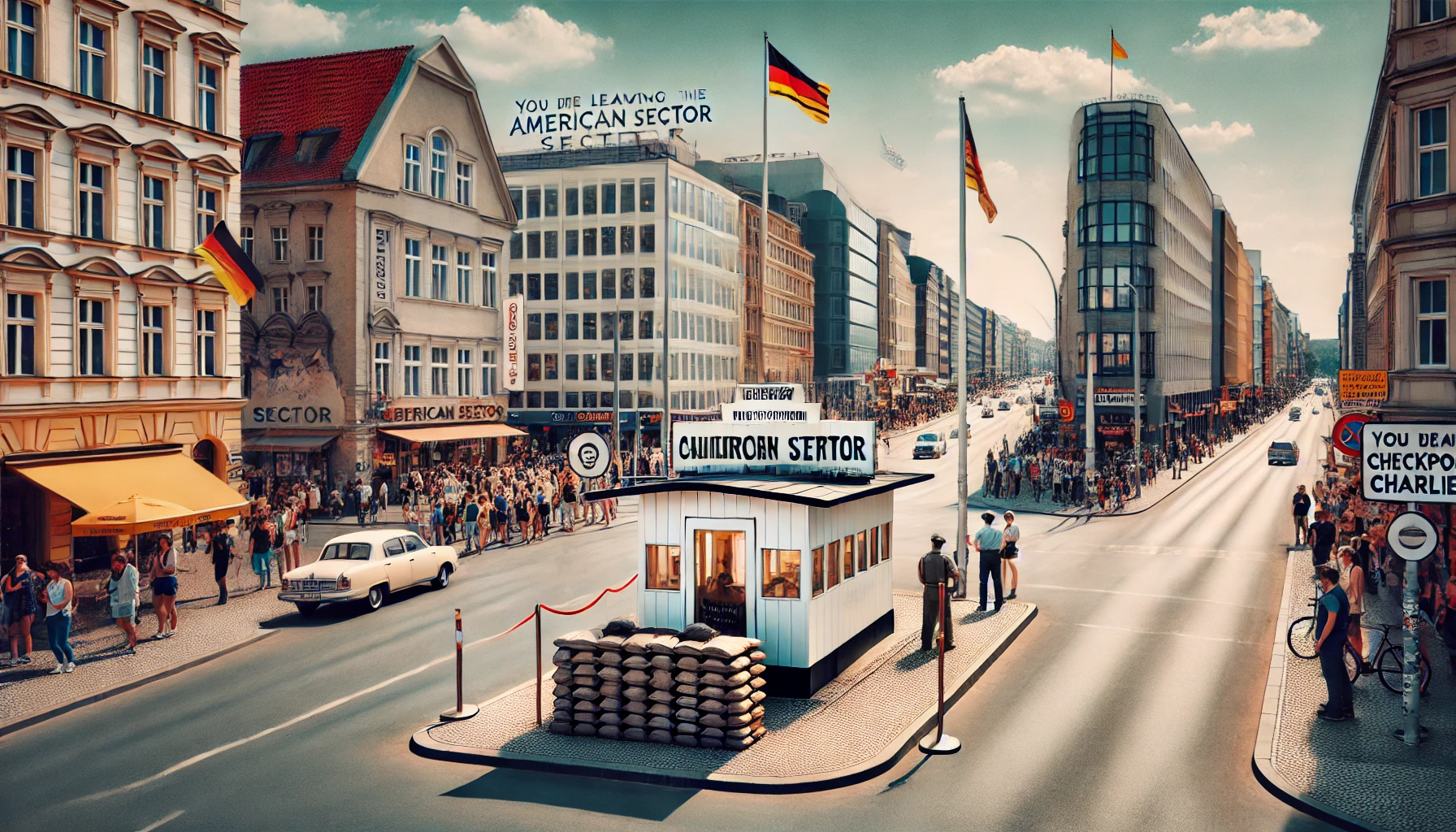

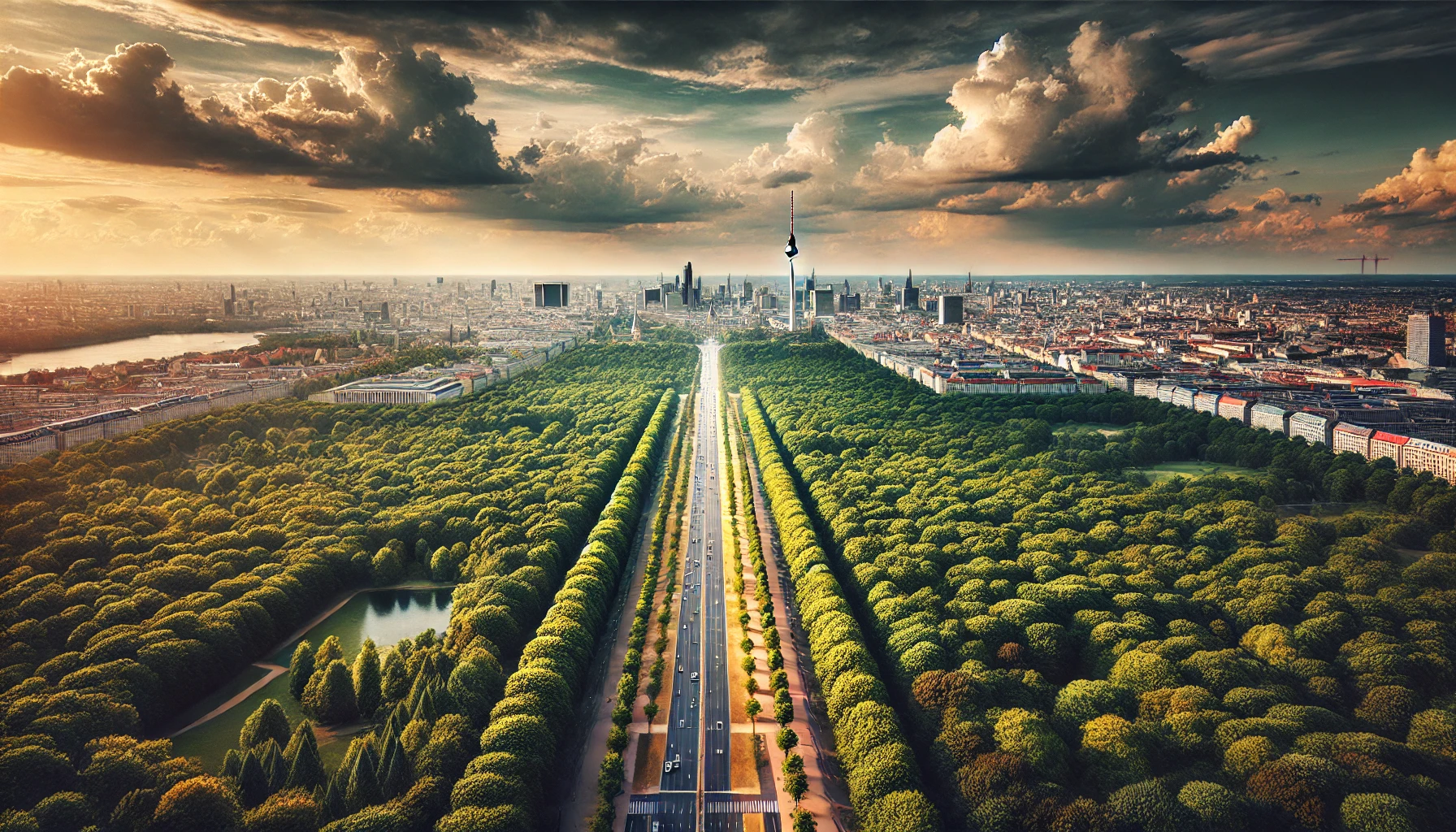
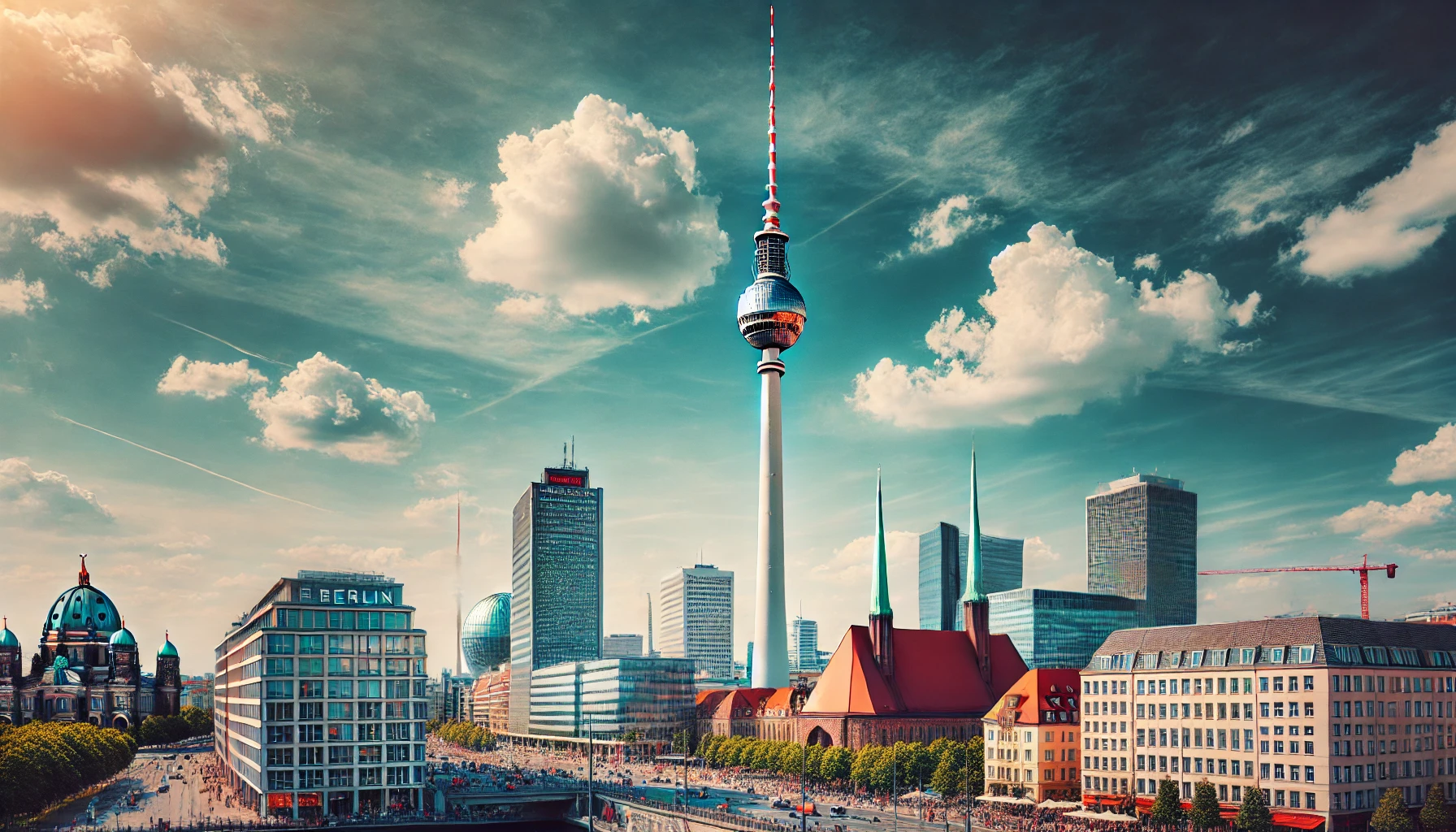
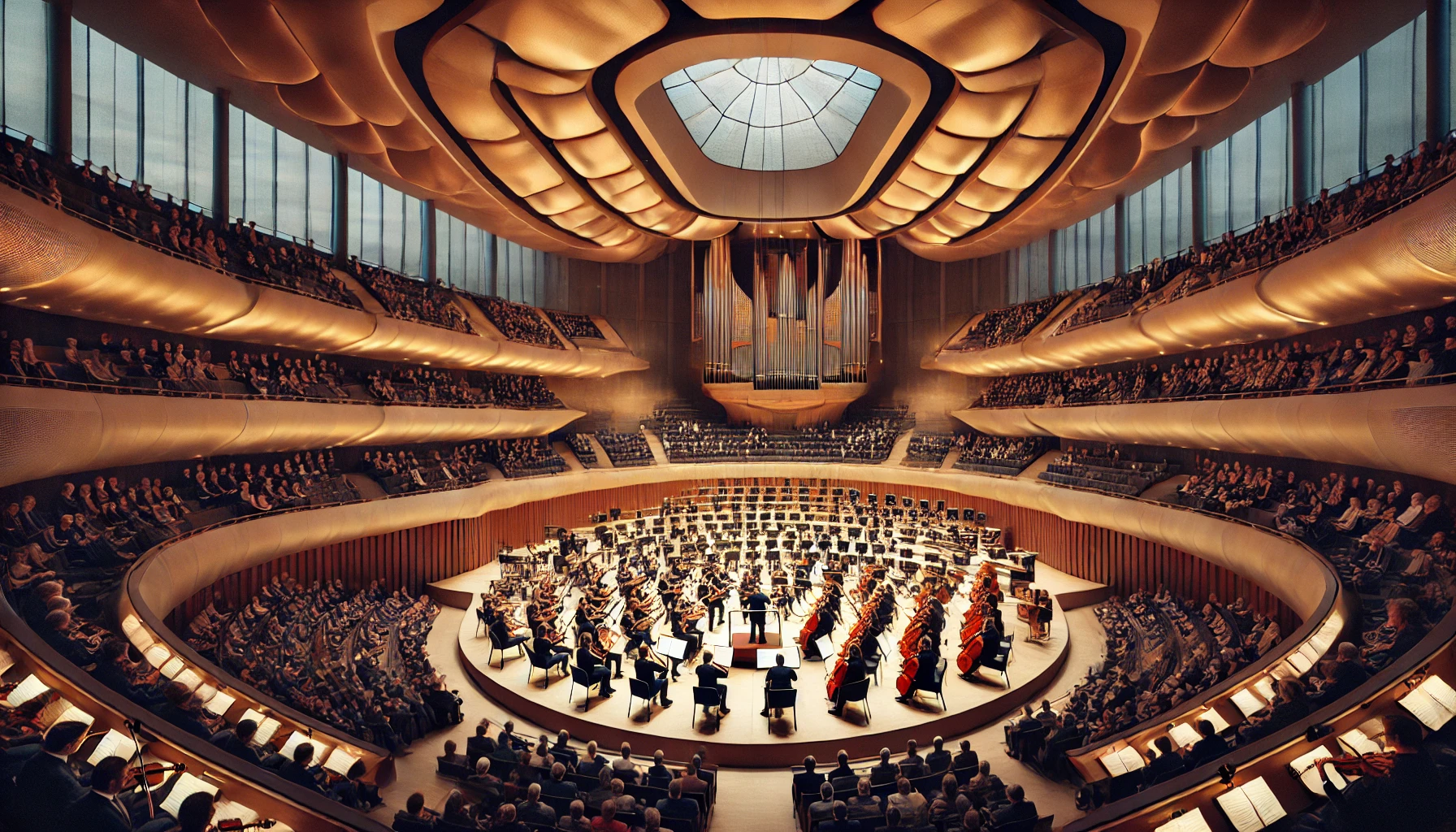
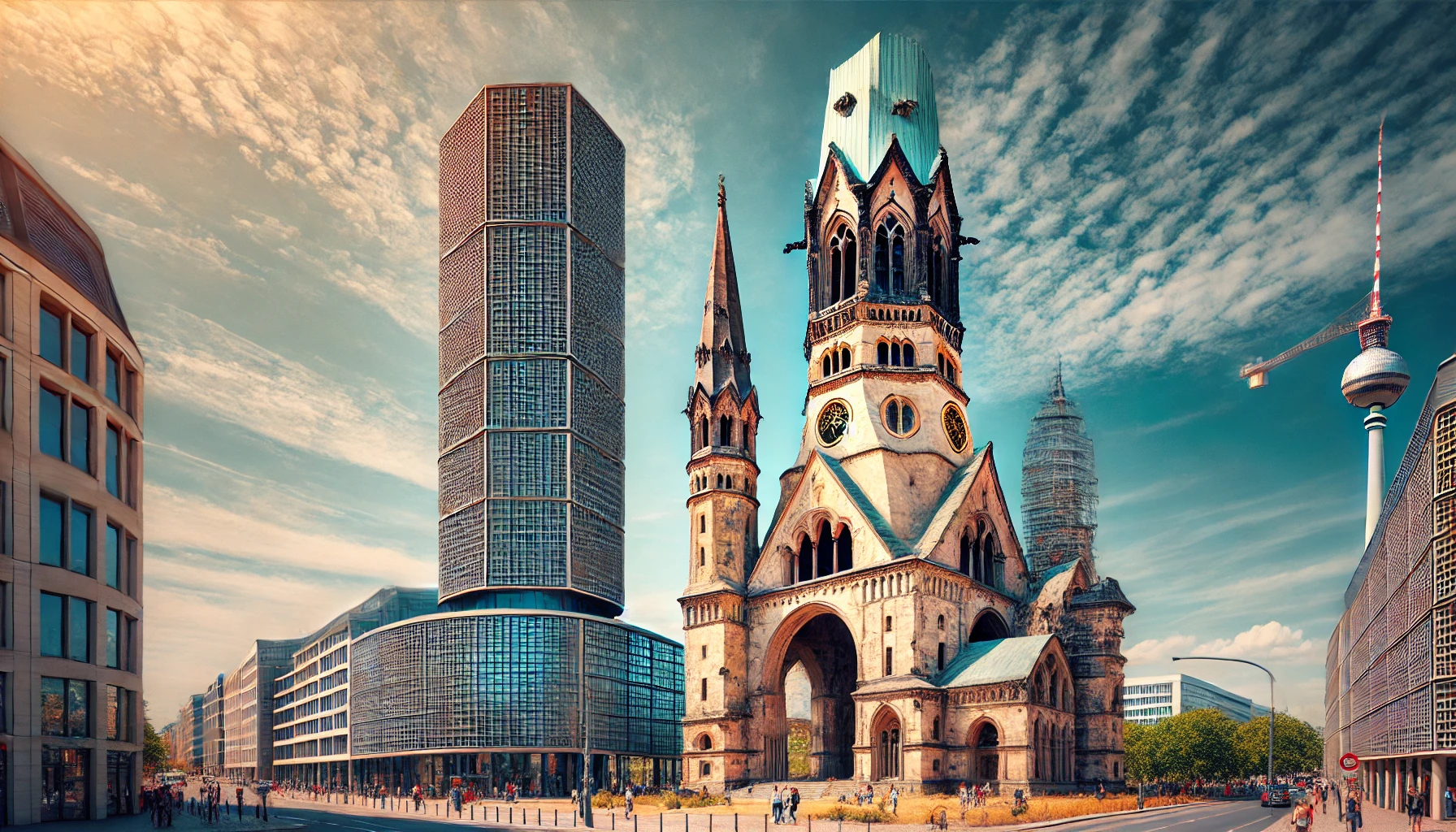
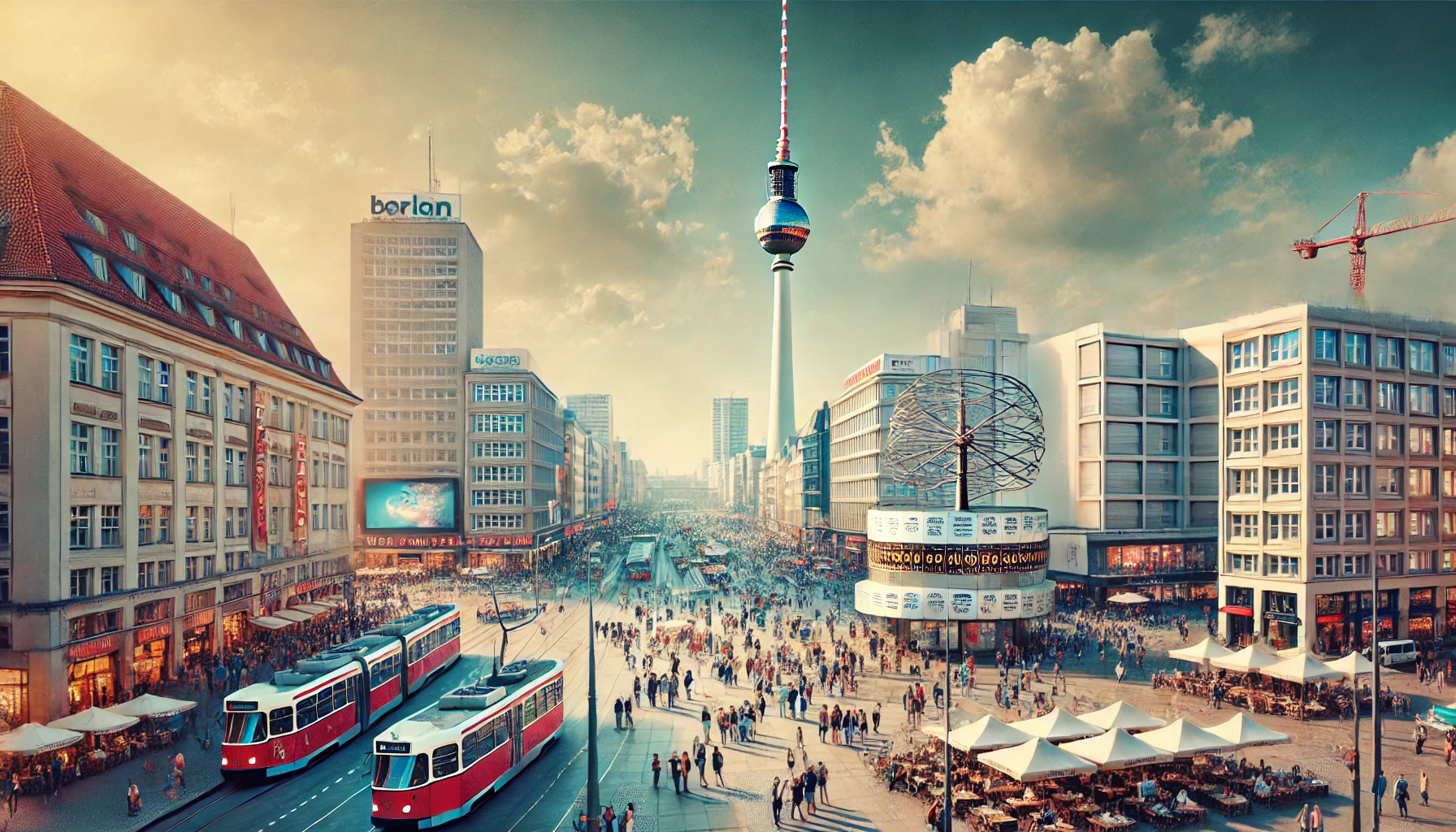
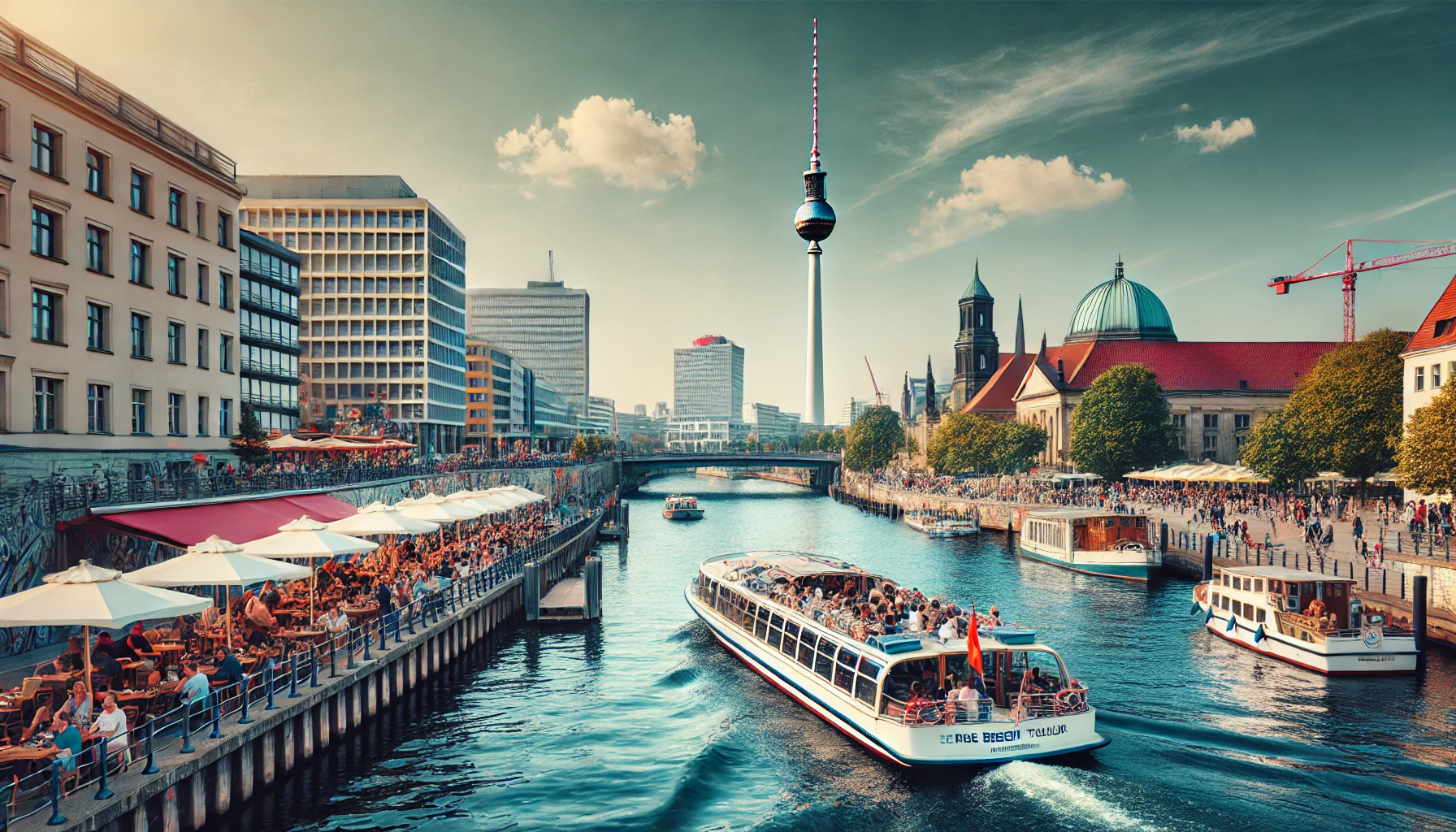
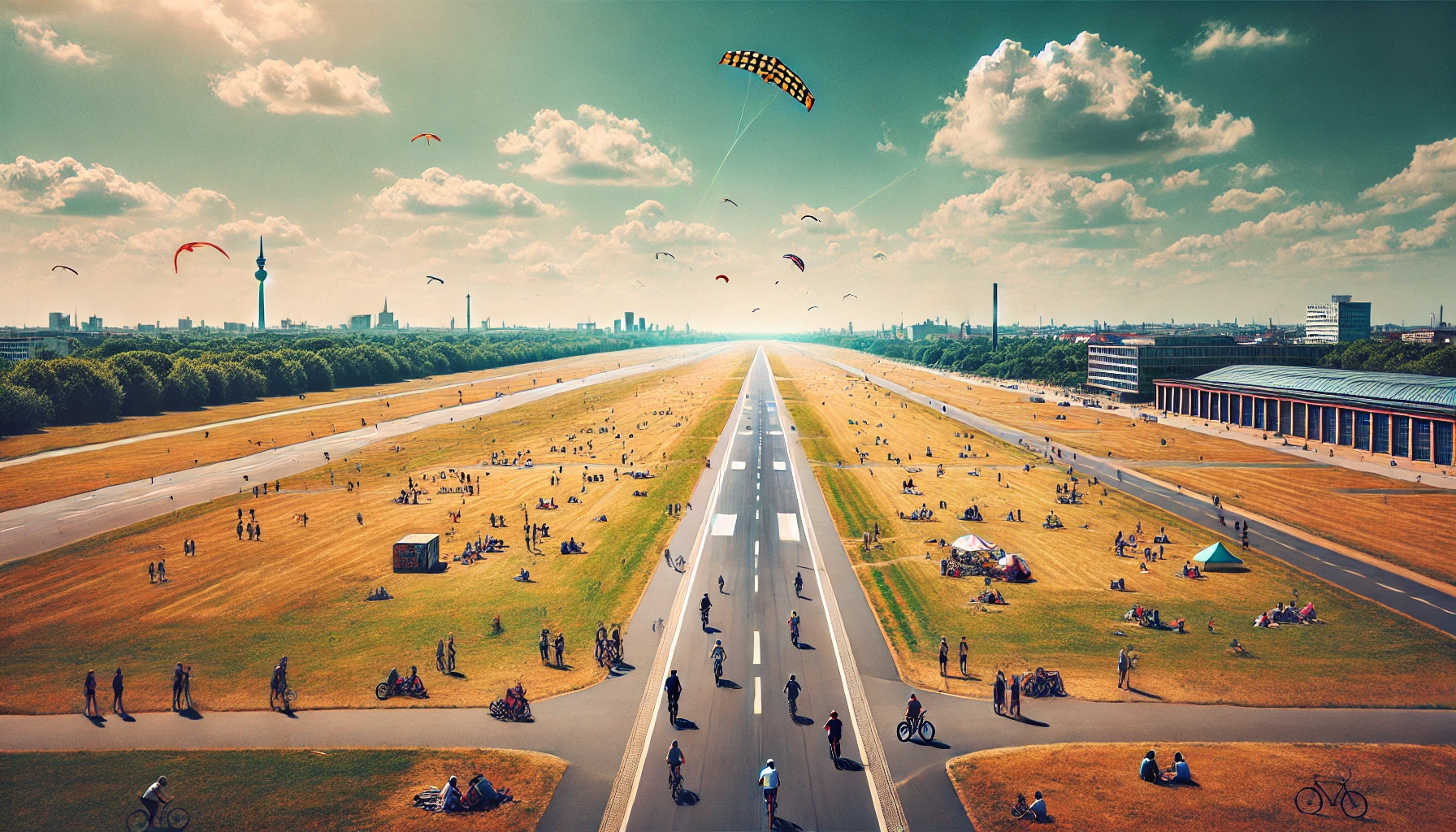
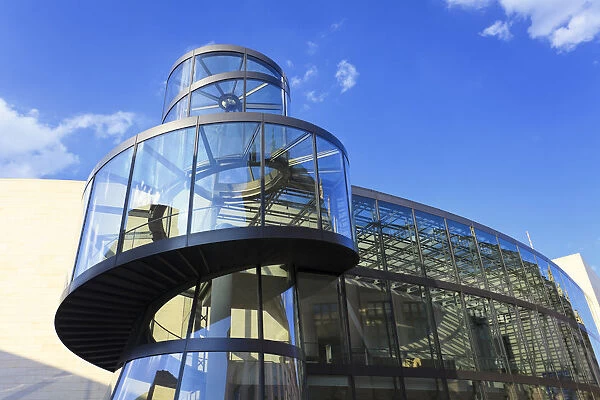
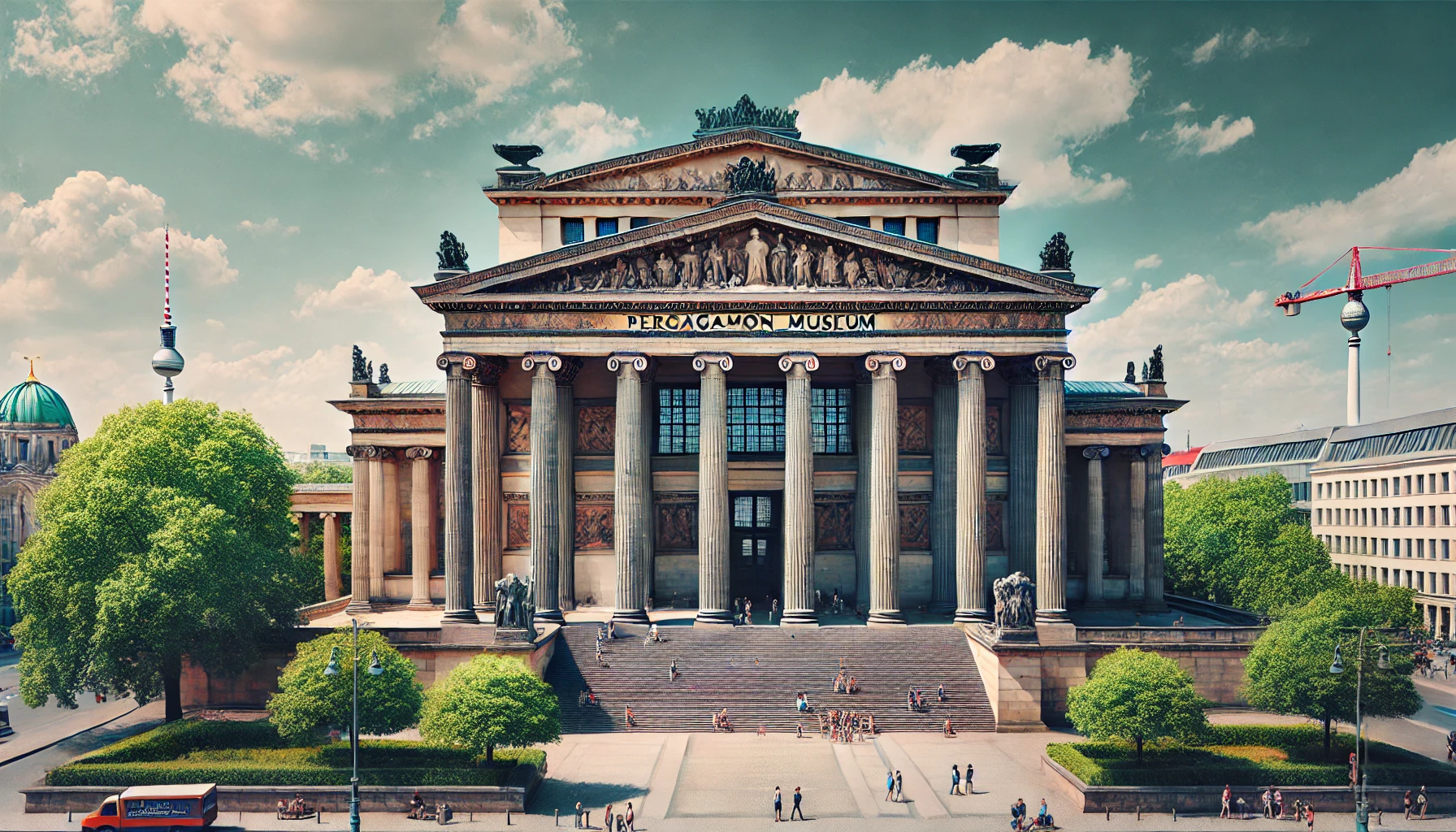 One of Berlin’s most important museums, the Pergamon Museum showcases ancient artifacts from around the world. It is particularly famous for its collections from Ancient Greece, Rome, and Babylon. The Pergamon Altar and the Ishtar Gate of Babylon are among the museum’s most striking exhibits. For history enthusiasts, seeing these ancient relics from across the globe offers a fascinating experience. The Pergamon Museum is an essential stop in Berlin, not only for art lovers but for anyone wishing to delve into the depths of human history.
One of Berlin’s most important museums, the Pergamon Museum showcases ancient artifacts from around the world. It is particularly famous for its collections from Ancient Greece, Rome, and Babylon. The Pergamon Altar and the Ishtar Gate of Babylon are among the museum’s most striking exhibits. For history enthusiasts, seeing these ancient relics from across the globe offers a fascinating experience. The Pergamon Museum is an essential stop in Berlin, not only for art lovers but for anyone wishing to delve into the depths of human history.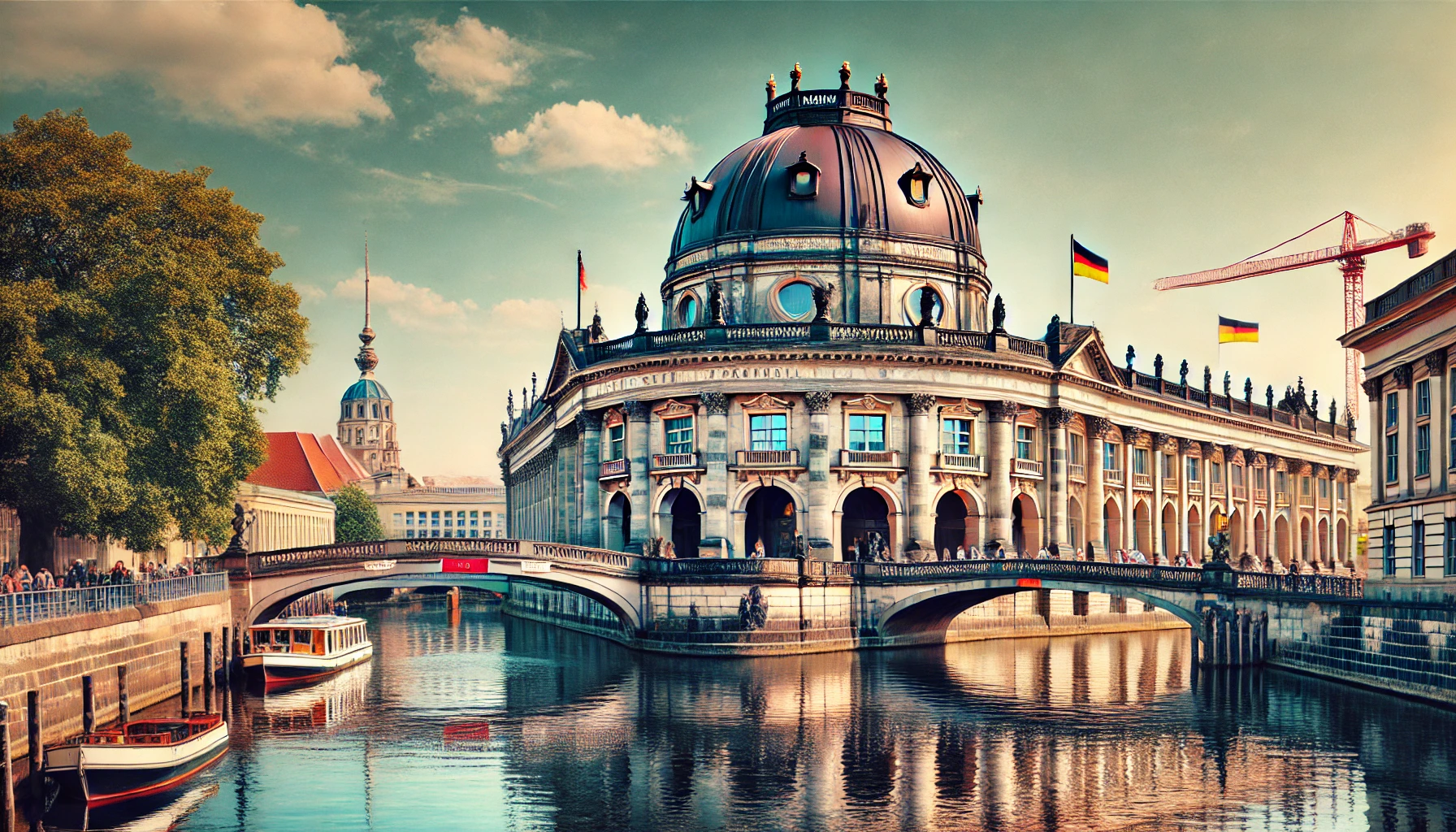
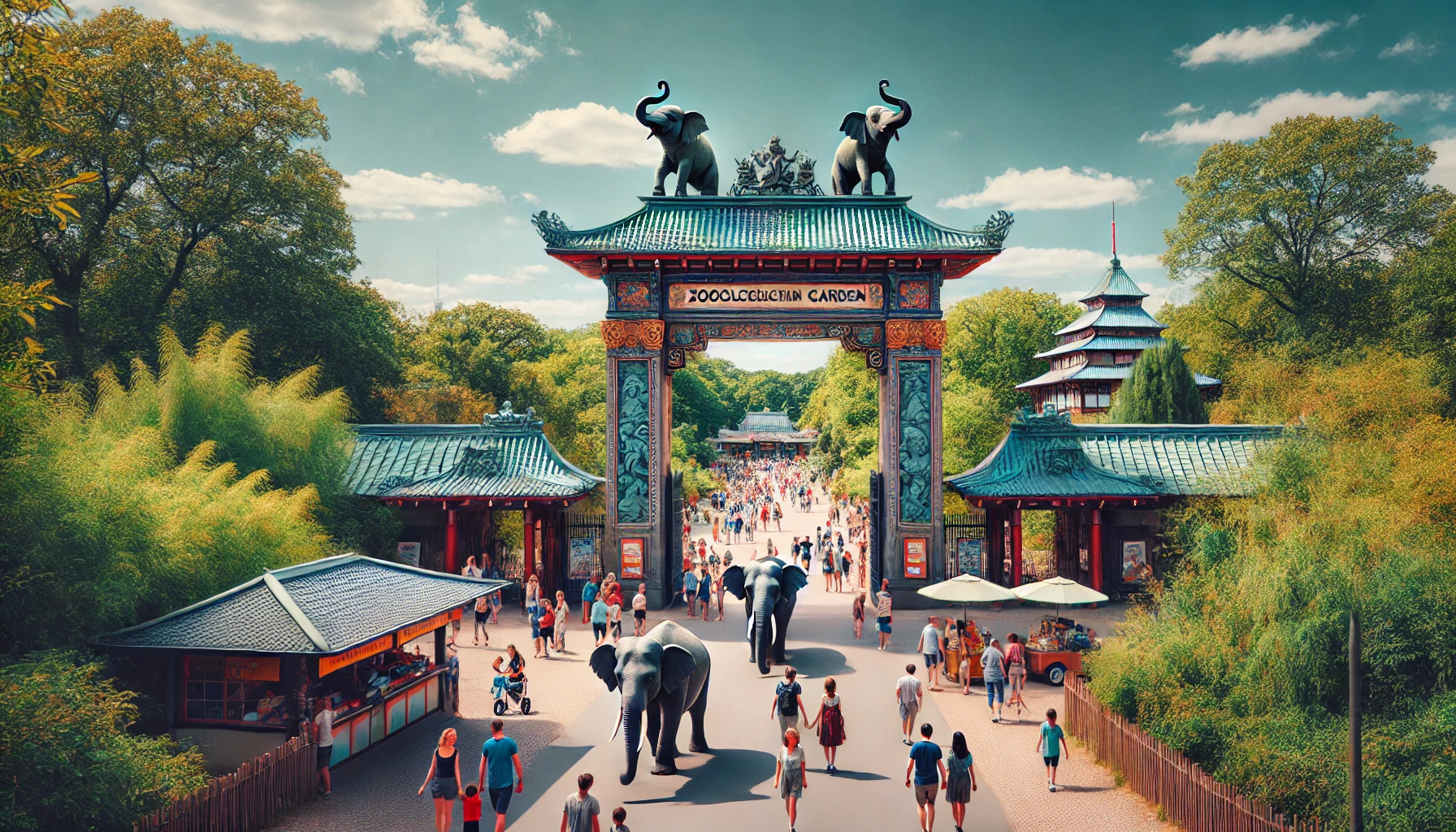 One of the oldest and most famous zoos in the world, the Berlin Zoological Garden has been a captivating destination for animal lovers since its opening in 1844. Home to a vast array of species, including rare and exotic animals like the Giant Panda, African Elephant, and Polar Bear, it’s a must-visit, especially for families with children. Located in the heart of the city as part of Tiergarten Park, it offers a perfect opportunity to immerse yourself in nature while observing animals up close. With its blend of education and entertainment, the Berlin Zoological Garden is a must-see attraction in the city.
One of the oldest and most famous zoos in the world, the Berlin Zoological Garden has been a captivating destination for animal lovers since its opening in 1844. Home to a vast array of species, including rare and exotic animals like the Giant Panda, African Elephant, and Polar Bear, it’s a must-visit, especially for families with children. Located in the heart of the city as part of Tiergarten Park, it offers a perfect opportunity to immerse yourself in nature while observing animals up close. With its blend of education and entertainment, the Berlin Zoological Garden is a must-see attraction in the city.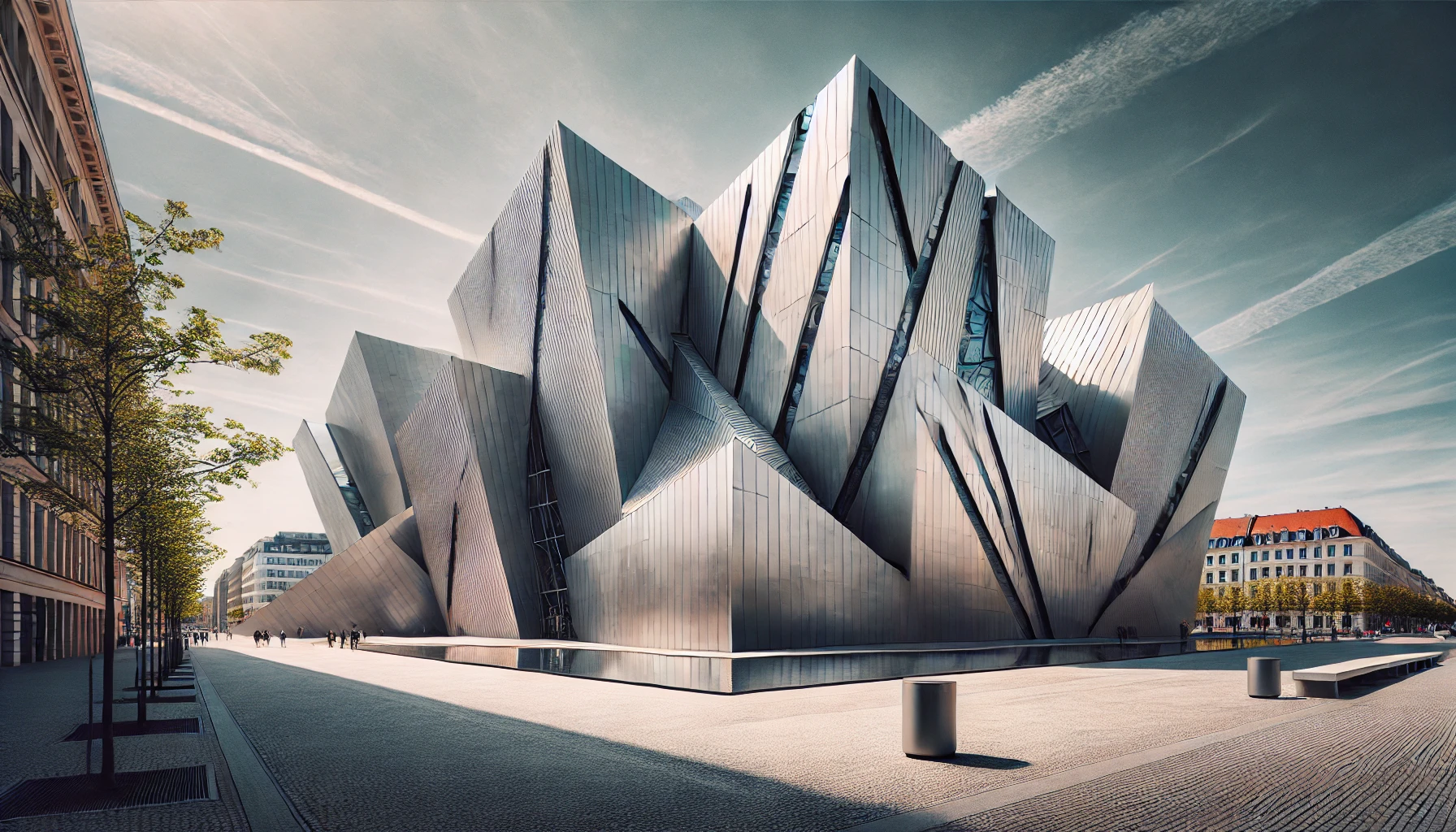
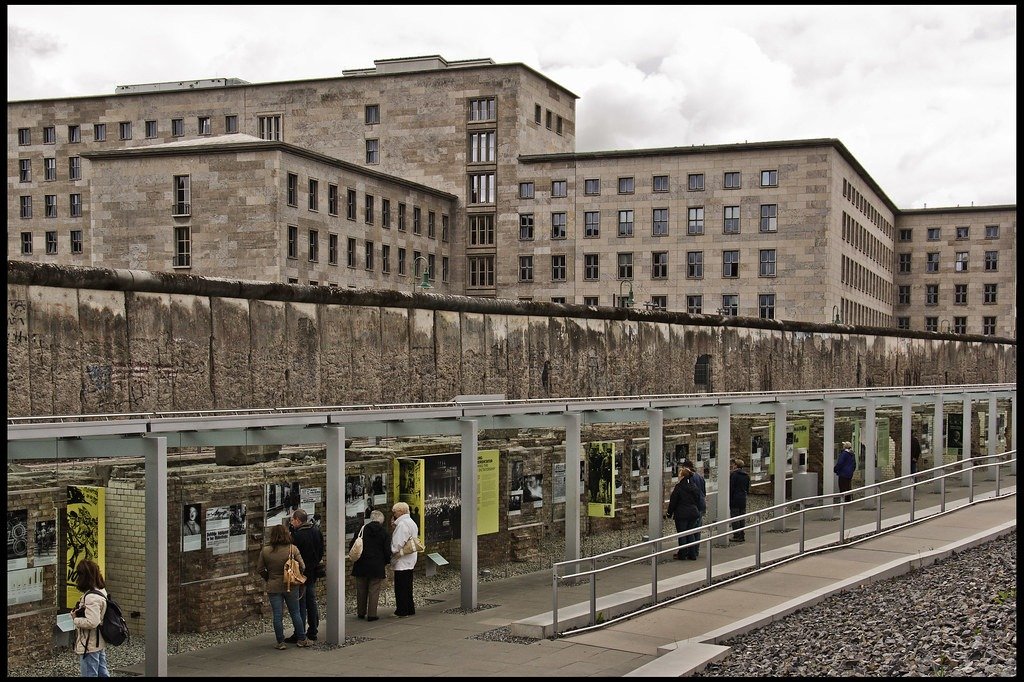
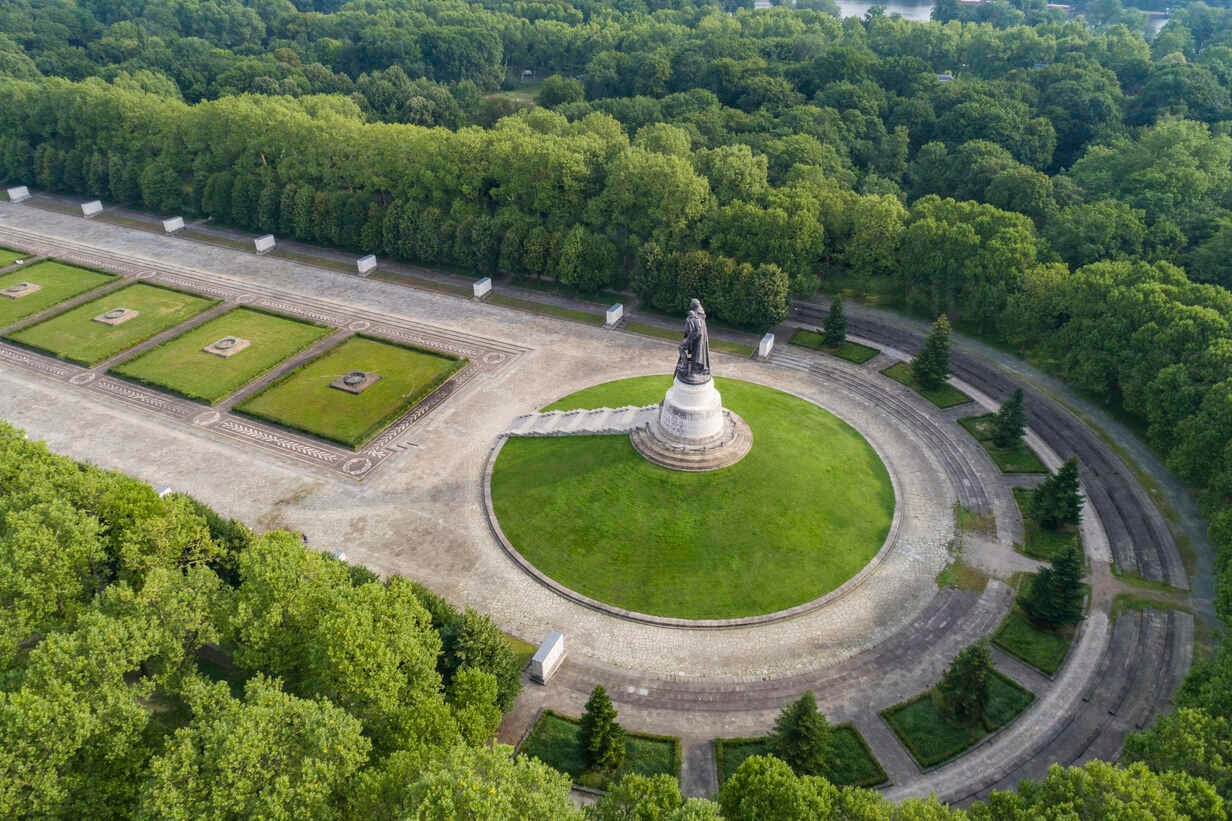
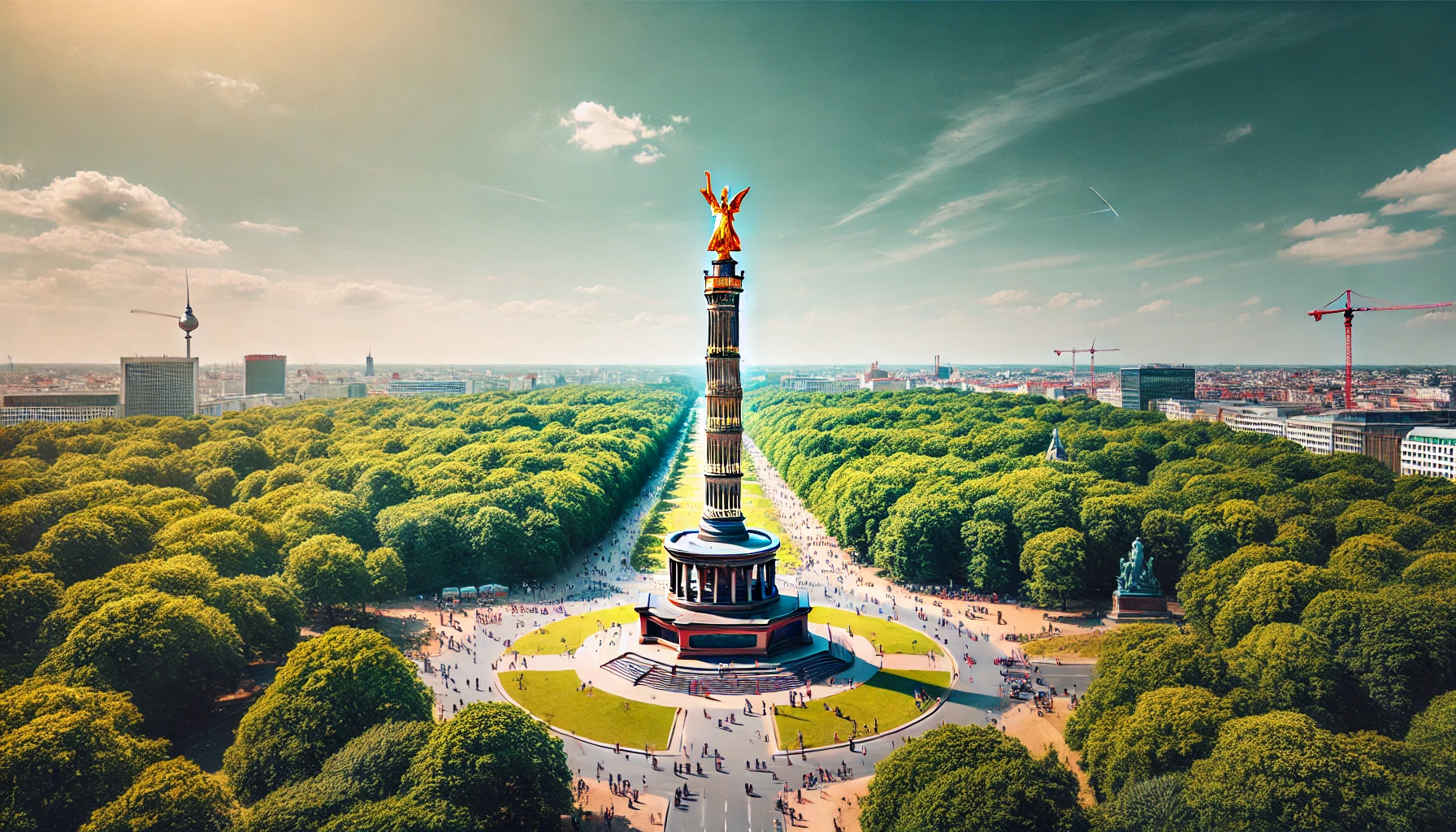 One of Berlin’s most iconic landmarks, the Victory Column holds significant historical and touristic value. Located in the center of Tiergarten Park, this monument was built as a symbol of Germany’s 19th-century military victories. Known as the Siegessäule, it was erected in 1873 to commemorate victories over Denmark, Austria, and France. One of the most striking features of the Victory Column is the gold-plated statue of the goddess Victoria perched atop the column. The statue’s majestic stance and the height of the column make it visible from across the city. Visitors can climb the spiral staircase to the top for a stunning 360-degree panoramic view of Berlin, offering a unique perspective of both the historical and modern faces of the city.
One of Berlin’s most iconic landmarks, the Victory Column holds significant historical and touristic value. Located in the center of Tiergarten Park, this monument was built as a symbol of Germany’s 19th-century military victories. Known as the Siegessäule, it was erected in 1873 to commemorate victories over Denmark, Austria, and France. One of the most striking features of the Victory Column is the gold-plated statue of the goddess Victoria perched atop the column. The statue’s majestic stance and the height of the column make it visible from across the city. Visitors can climb the spiral staircase to the top for a stunning 360-degree panoramic view of Berlin, offering a unique perspective of both the historical and modern faces of the city.